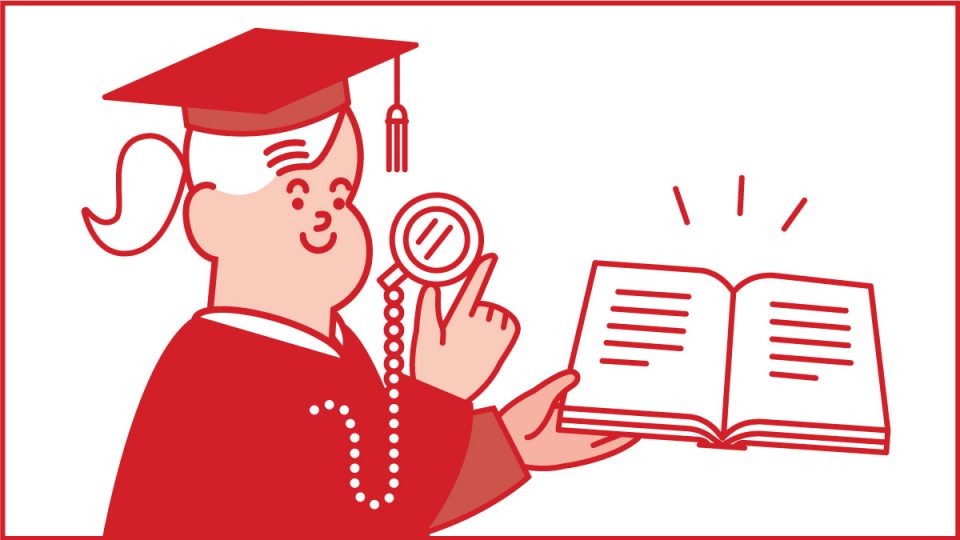When Does a New Plan Have to Meet SECURE 2.0 Mandates?
Experts from Groom Law Group and CAPTRUST answer questions concerning retirement plan administration and regulations.
Q: We are a nonprofit organization that is planning on establishing a new 401(k) plan for a new for-profit subsidiary member of our controlled group. Must that plan include the automatic enrollment provision that is mandated for new plans under the SECURE 2.0 Act of 2022? We have more than 10 employees, but the new subsidiary would only have about five employees at inception.
Kimberly Boberg, Taylor Costanzo, Kelly Geloneck and David Levine, with Groom Law Group, and Michael A. Webb, senior financial adviser at CAPTRUST, answer:
A: Section 101 of the SECURE 2.0 Act requires employers establishing either 401(k) or 403(b) plans to have an automatic enrollment feature in their plan, with a default rate between 3% and 10%, a 90-day unwind feature and automatic escalation of 1% per year (up to at least 10%, but no more than 15%). These requirements apply beginning January 1, 2025, for plans established on and after December 29, 2022. As with automatic enrollment features generally, employees are able to make an affirmative election to opt out.
There are exceptions to the requirements, including when the employer maintaining the plan has been in existence for less than three years or normally employs 10 employees or less. As such, the applicability of this provision centers in large part on the identity of the employer “maintaining” the plan. We anticipate guidance will address this issue prior to the 2025 implementation date.
NOTE: This feature is to provide general information only, does not constitute legal advice and cannot be used or substituted for legal or tax advice.
Do YOU have a question for the Experts? If so, we would love to hear from you! Simply forward your question to Amy.Resnick@issgovernance.com with Subject: Ask the Experts, and the Experts will do their best to answer your question in a future column.



